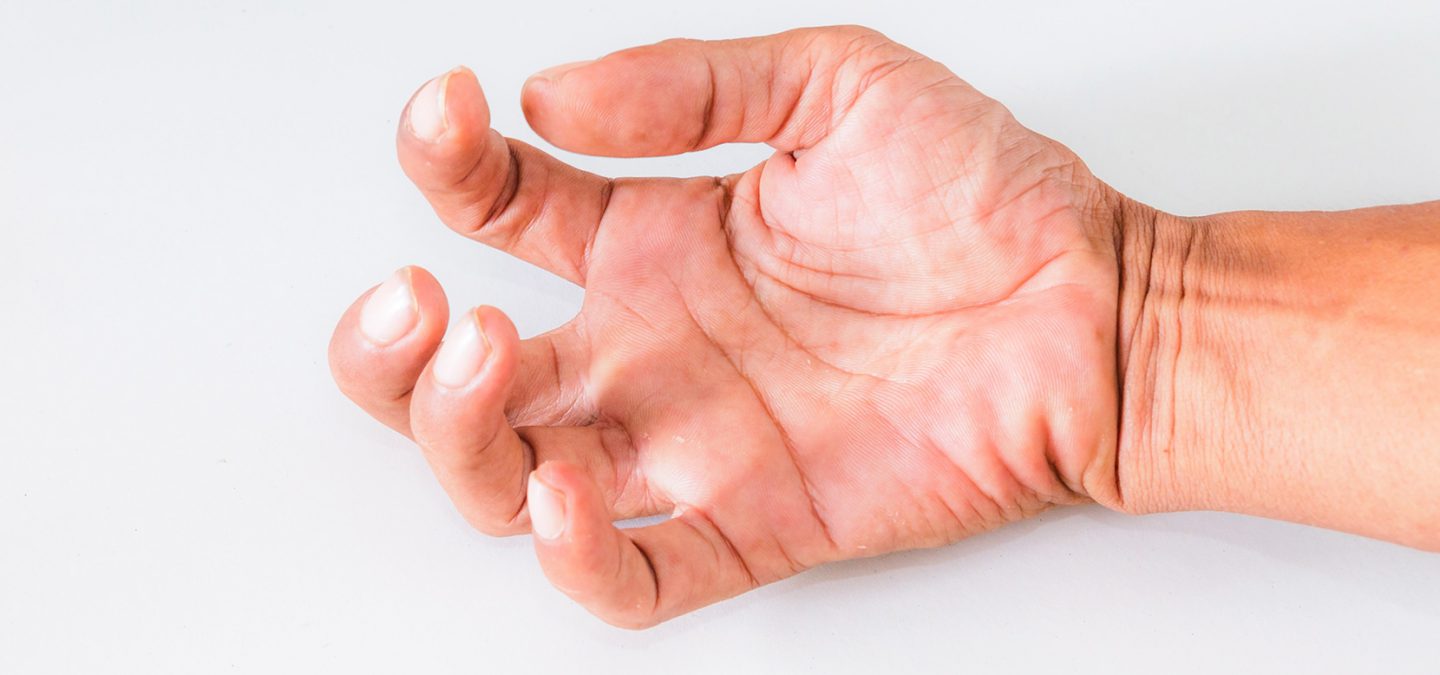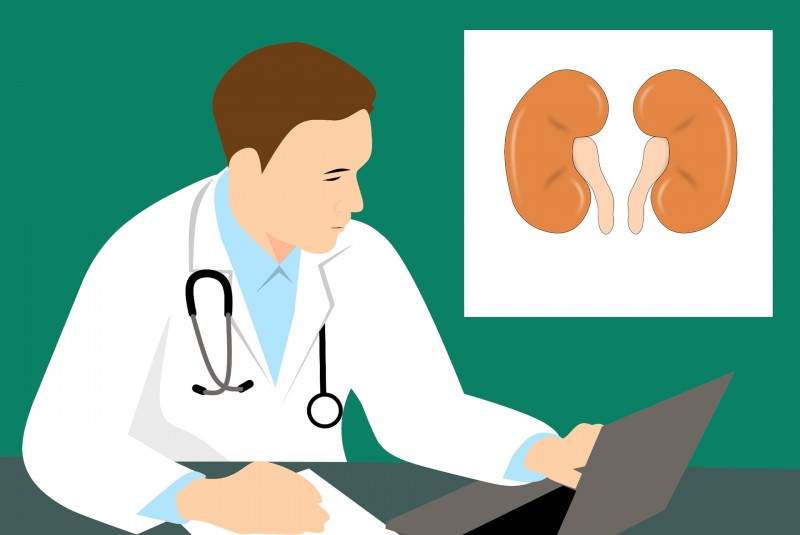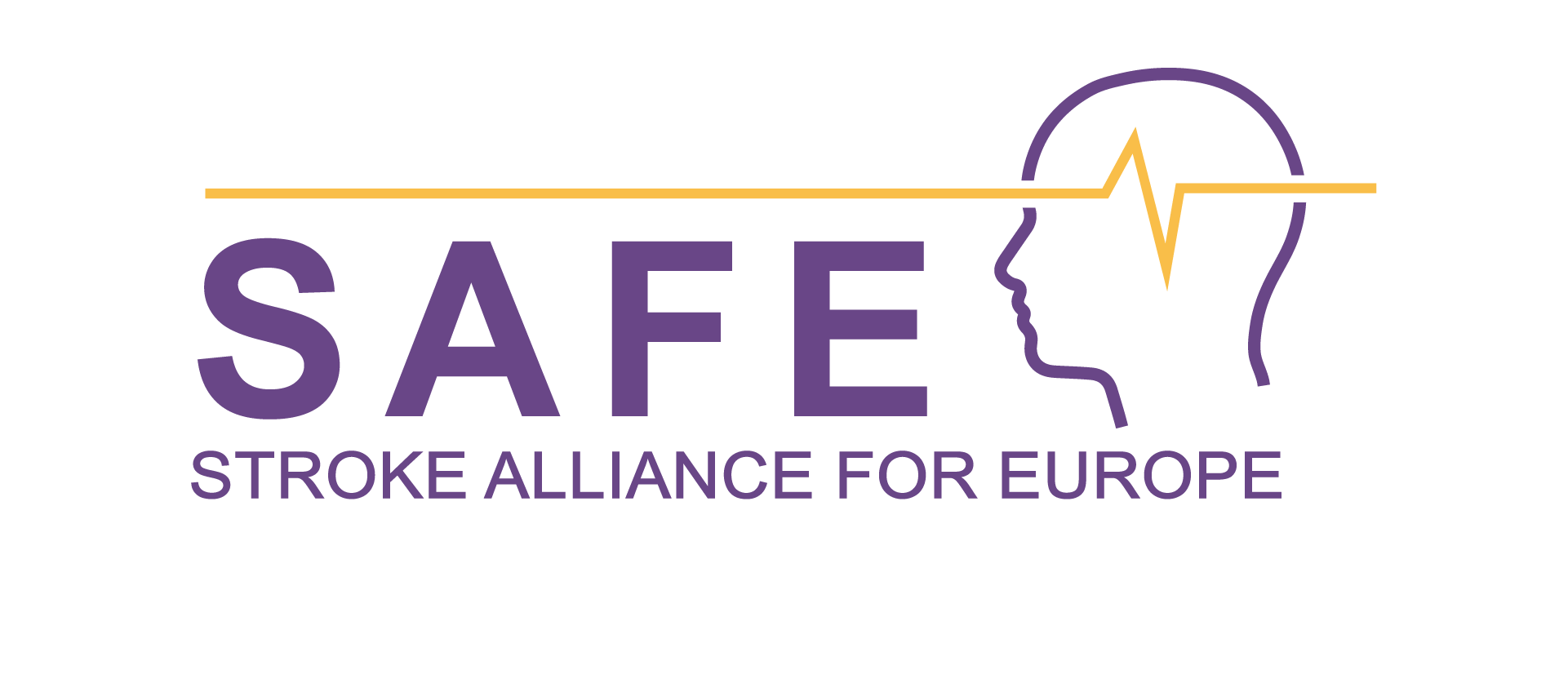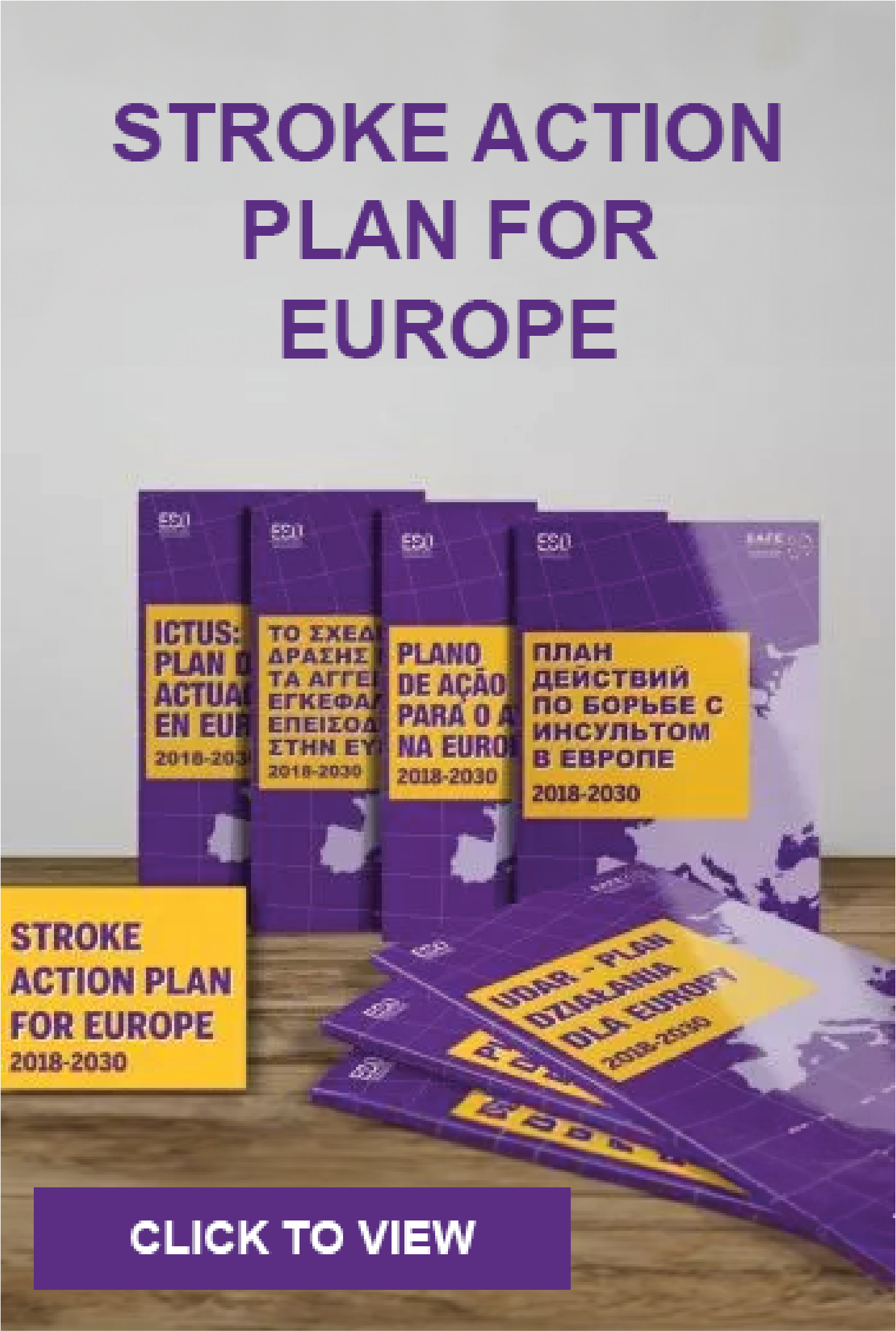
Aug 23, 2019
Do you or someone you know have experience with spasticity and Botulinum Toxin Type A injections?
SAFE invites you to participate in an international survey, conducted by Carenity, an online patient community, and biopharma Ipsen to help advance medical research and improve the lives of other patients.
Both patients and caregivers of patients with spasticity due to stroke (as well as traumatic brain injury or spinal cord injury) who are currently receiving Botulinum Toxin Type A injections or who have stopped receiving these injections less than a year ago can participate.
Botulinum toxin effect usually peaks around 4 to 6 weeks after injection, then it slowly decreases. This decrease is called the waning of botulinum toxin effect. The aim of this survey is to better understand patients’ experience with botulinum toxin type A injections, in particular:
– to better understand how patients experience the waning of botulinum toxin type A effects
– to identify the impact of the waning of botulinum toxin type A effects on the patient’s quality of life
– to describe patient populations profile
– to assess the reasons for stopping botulinum toxin type A injections
This survey will be the subject of communications during scientific congresses or scientific publications that will be redacted in collaboration with an international team of medical experts.
A synthesis of the results will be made available after the publications.
This international survey is conducted in Europe (France, Germany, Italy and the UK) and in the US until September 13th.
It is available in 4 languages:
English: https://member.carenity.co.uk/newSurveyBymail/0/38/0/0
French: https://membre.carenity.com/newSurveyBymail/0/107/0/0
German: https://member.carenity.de/newSurveyBymail/0/26/0/0
Italian: https://member.carenity.it/newSurveyBymail/0/25/0/0
Thank you very much for your participation!
Participation in this survey is unpaid.
To find out more about how your data will be processed and how to exercise your rights, read the survey information page, accessible when you click on the link provided above in this text.

Aug 21, 2019
First published on ARNI Institute for Stroke Rehabilitation website
A change in cognitive ability is common after a stroke. Did you know that as many as two-thirds of stroke survivors may experience cognitive impairment as a result of their stroke.? If this is you, or you know someone who seems possibly to be going through such difficulties, here’s 18 steps you can take to try and improve cognition difficulties after stroke:
First, what is cognition?
Put simply, cognition is thinking; it is the processing, organising and storing of information – an umbrella term for all of the mental processes used by your brain to carry you through the day, including perception, knowledge, problem-solving, judgement, language, and memory. The brain’s fantastic complexity means that it can collect vast amounts of information from your senses (sights, sounds, touch, etc) and combine it with stored information from your memory to create thoughts, guide physical actions, complete tasks and understand the world around you.
A stroke can affect the way your brain understands, organises and stores information. This brain injury can result in damage to the areas of the brain that are responsible for perception, memory, association, planning, concentration, etc. The severity and localisation of the stroke will effect the type and level of difficulties experienced by an individual, and will vary from person to person.
It can be difficult to plan and organise daily tasks. The brain is constantly working in the background, allowing us to complete a task based on prior knowledge, experience, and learned behaviour.
You don’t have to consciously think how to boil the kettle, change TV channels or put on your socks before your shoes: you just do it. But damage to the brain can result in problems with these planning and execution mechanisms.
You might not be able to think how to do a simple task, or you may get the sequence wrong (for example, shoes before socks). You might have trouble with orientation, which could include not knowing the date, day of the week, or even who you are with. Problem-solving too can become difficult. Making decisions, solving problems, understanding numbers and managing money can be a challenge.
Good cognitive function also relies on memory. The brain uses 2 types of memory to hold information, the long and short term memory. Short-term memory is the temporary store for small amounts of information. This information is kept readily available and can be recalled quickly. For example, a phone number can be remembered long enough for you to dial it. Long-term memory is where you keep your experiences, thoughts and feelings from the past and things stored here can be stored indefinitely. Memory problems could result in difficulty storing or recalling information. This could include problems remembering appointments, important dates or in the case of short term memory, what you were about to do, or what somebody just said to you.
Problems with concentration are common. Concentration is required for effective cognitive function, as many of your thinking process require concentration. Concentration requires our brain to filter out much of the information coming in from your conscious thinking, so you are not distracted by it.
Stroke can impact on this ability because of damage to the areas of the brain responsible for this, and also because tiredness, pain and emotional problems have an effect of the ability to stay focused and concentrate. This could result in difficulties when trying to follow a television programme, or conduct a conversation with a friend. Multi-tasking too is difficult.
18 Things to try
- Cognitive problems are confusing and frustrating. But, there are some things you can to do help. Most improvements occur in the first 3 months after a stroke, after which they slow down, but the brain will keep creating new neural pathways after this time.
- To help with memory and perception problems, try using a diary, day planner, calendar or notepad. Writing down appointments and creating to-do-lists can help you to remember them.
- Photos and pictures can help to ‘trigger’ your memory.
- Check your calendar, newspaper or diary to help you remember the day and date.
- Make notes of important conversations.
- Use notes, lists and labels around the house and help prompt you to remember. Mobile phones are a great resource. Set alarms, reminders and memos to remind you throughout the day.
- It is important not to overload yourself, finish one task before you start another. Plan your day and prioritise tasks.
- Try slowing the activity down, working through a step at a time.
- Keep instructions clear and short, no more than 5 or 6 words to a sentence, and only 1 or 2 instructions at a time.
- …
Please read the full list here.

Aug 12, 2019
This article first appeared on arni.uk.com
Written by Tom Balchin
Upper limb spasticity is suffered by a full 70% of the stroke population, By three months post stroke 19% of people will experience spasticity and this figure increases to 38% of people after 12 months.
Did you know that it’s one of the biggest things that survivors tell consultants, GPs, family, carers and friends that they wish they could positively alter?
Spasticity can develops months or even a year after stroke — and often may become more noticeable as recovery moves on and can have a very significant bearing on your quality of life. Let’s look at what spasticity is:
Muscle stiffness;
Upper extremity hypertonia (excessive muscle activity);
Loss of fine motor control (for example small hand movements);
Paresis;
Soft tissue contracture;
Muscle overactivity leading to the reduced ability to relax;
Muscle spasms;
Changes in limb posture; and
Muscle fatigue.
Let’s see if you can grab some tips here to help you beat its limitations.
Spasticity is caused by miscommunication between your brain and your muscles. It has neural and non-neural components to it. Let’s delve deeper: knowledge is power,
Normally your muscles are in constant communication with your brain about how much tension they’re feeling, and the brain has to constantly monitor this tension to prevent tearing. Your brain continuously sends out messages telling your muscles when to contract and relax.
You can read the full article here.

Jul 30, 2019
First published on ScienceDaily.com
Aging men with low testosterone levels who take testosterone replacement therapy (TRT) are at a slightly greater risk of experiencing an ischemic stroke, transient ischemic attack (TIA), or myocardial infarction, especially during the first two years of use, reports a study appearing in The American Journal of Medicine, published by Elsevier. The findings confirm concerns voiced by many health agencies about the potential risks associated with the treatment.
The study analyzed a large database of electronic medical records of patients enrolled in primary care practices in the United Kingdom and formed a cohort of 15,401 men, aged 45 years or older, with low testosterone levels (hypogonadism). Users of TRT had a 21 percent greater risk of cardiovascular events compared with nonusers, corresponding to an additional 128 events. The increased risk appears to be transient, declining after two years of TRT use, which the investigators attribute to a phenomenon called “depletion of susceptibles.”
“Our findings show that the use of TRT was associated with an increased risk of stroke, TIAs, or cardiac arrest during the first two years of use,” noted Christel Renoux, MD, PhD, Centre for Clinical Epidemiology, Lady Davis Institute for Medical Research, Jewish General Hospital; and Departments of Epidemiology, Biostatistics, and Occupational Health, and Department of Neurology and Neurosurgery, McGill University, Montreal, QC, Canada. “There is limited evidence on the long-term clinical benefits of TRT to effectively treat the modestly declining levels of endogenous testosterone levels of aging but healthy men. We strongly recommend that clinicians proceed with caution when considering prescribing TRT and first discuss both the potential benefits and risks with patients.”
Please read the full article here.

Jul 24, 2019
First published on ScienceDaily.com
A new method of evaluating irregular heartbeats outperformed the approach that’s currently used widely in stroke units to detect instances of atrial fibrillation.
The technology, called electrocardiomatrix, goes further than standard cardiac telemetry by examining large amounts of telemetry data in a way that’s so detailed it’s impractical for individual clinicians to attempt.
Co-inventor Jimo Borjigin, Ph.D., recently published the latest results from her electrocardiomatrix technology in Stroke. Among stroke patients with usable data (260 of 265), electrocardiomatrix was highly accurate in identifying those with Afib.
“We validated the use of our technology in a clinical setting, finding the electrocardiomatrix was an accurate method to determine whether a stroke survivor had an Afib,” says Borjigin, an associate professor of neurology and molecular and integrative physiology at Michigan Medicine.
A crucial metric
After a stroke, neurologists are tasked with identifying which risk factors may have contributed in order to do everything possible to prevent another event.
That makes detecting irregular heartbeat an urgent concern for these patients, explains first author Devin Brown, M.D., professor of neurology and a stroke neurologist at Michigan Medicine.
“Atrial fibrillation is a very important and modifiable risk factor for stroke,” Brown says.
Importantly, the electrocardiomatrix identification method was highly accurate for the 212 patients who did not have a history of Afib, Borjigin says. She says this group is most clinically relevant, because of the importance of determining whether stroke patients have previously undetected Afib.
When a patient has Afib, their irregular heartbeat can lead to blood collecting in their heart, which can form a stroke-causing clot. Many different blood thinners are on the market today, making it easier for clinicians to get their patients on an anticoagulant they’ll take as directed.
Please read the full article here.

Jul 18, 2019
First published on ScienceDaily.com
Several infections have been identified as possible stroke triggers, with urinary tract infections showing the strongest link with ischemic stroke, according to new research in the American Heart Association’s journal Stroke.
Previous research examined infections as triggers of stroke, but were limited to the correlation of acute infections with ischemic stroke, a type of stroke caused by blocked blood vessels in the brain. This study considered a wider range of infections, and examined connections with two other types of stroke: intracerebral hemorrhage, which is caused by a ruptured blood vessel in the brain, and a type of stroke that results from bleeds in the inner lining of the brain, called subarachnoid hemorrhage.
“Healthcare providers need to be aware that stroke can be triggered by infections,” said Mandip Dhamoon, M.D., Dr.P.H., senior study author and associate professor of neurology at the Icahn School of Medicine at Mount Sinai in New York City. “Probing into the previous weeks or months of a patient’s life before the stroke can sometimes help to illuminate the possible causes of stroke if there was an infection during that time.”
The researchers used the New York State Inpatient Databases and Emergency Department Databases from 2006 to 2013, which record all inpatient and emergency department visits to community hospitals in New York state. Electronic health record codes were used to identify hospitalizations and emergency department visits for the three types of stroke and for infections; including skin, urinary tract, septicemia, abdominal and respiratory. Records for hospitalizations for infections were considered for 7, 14, 30, 60, 90, and 120 days prior to the stroke occurrence.
For ischemic stroke, the researchers found that every infection type was linked with an increased likelihood of this type of stroke. The strongest link was seen with urinary tract infection, which was showed more than three times the increased risk of ischemic stroke within 30 days of infection. For all infection types, the magnitude of stroke risk decreased as the time period before ischemic stroke occurred increased.
For intracerebral hemmorhage, the connections with occurrence was strongest for urinary tract infections, septicemia (blood infection) and respiratory infections. Respiratory infection was the only infection related to the occurrence of subarachnoid hemorrhage.
Please read the full article here.










